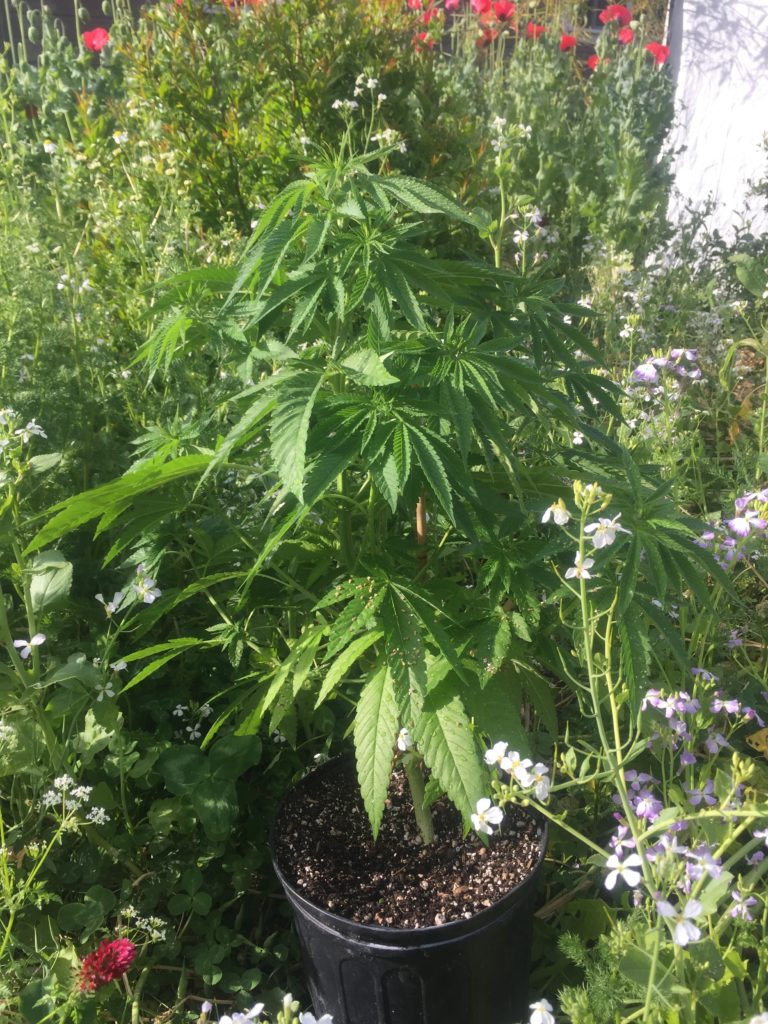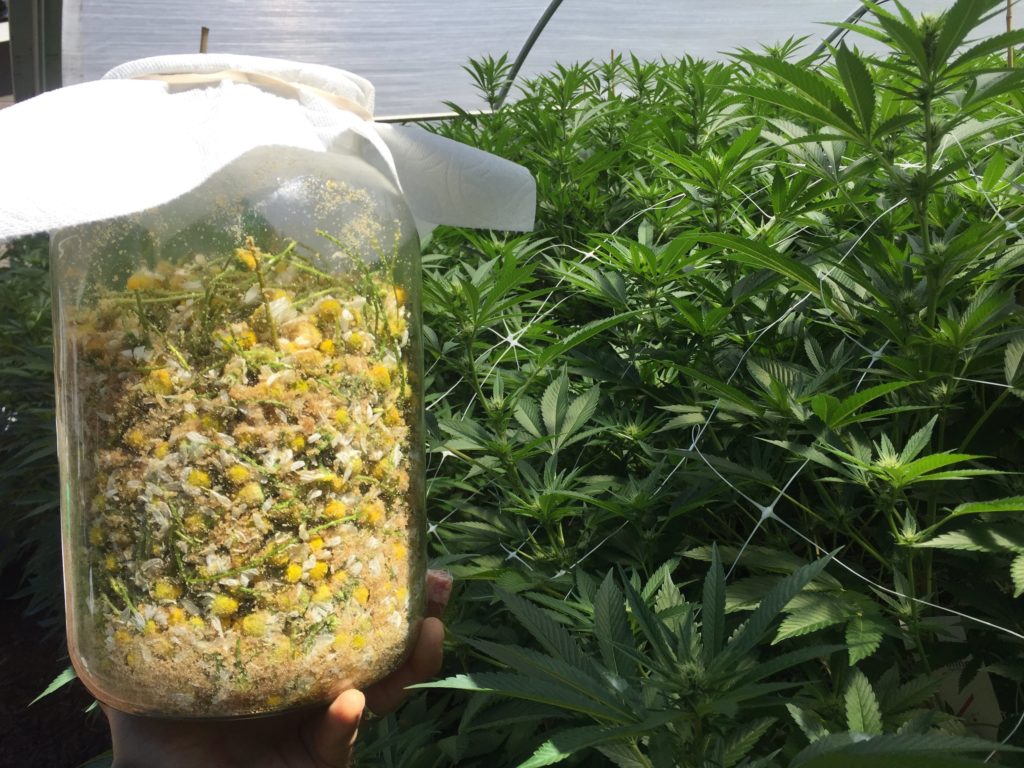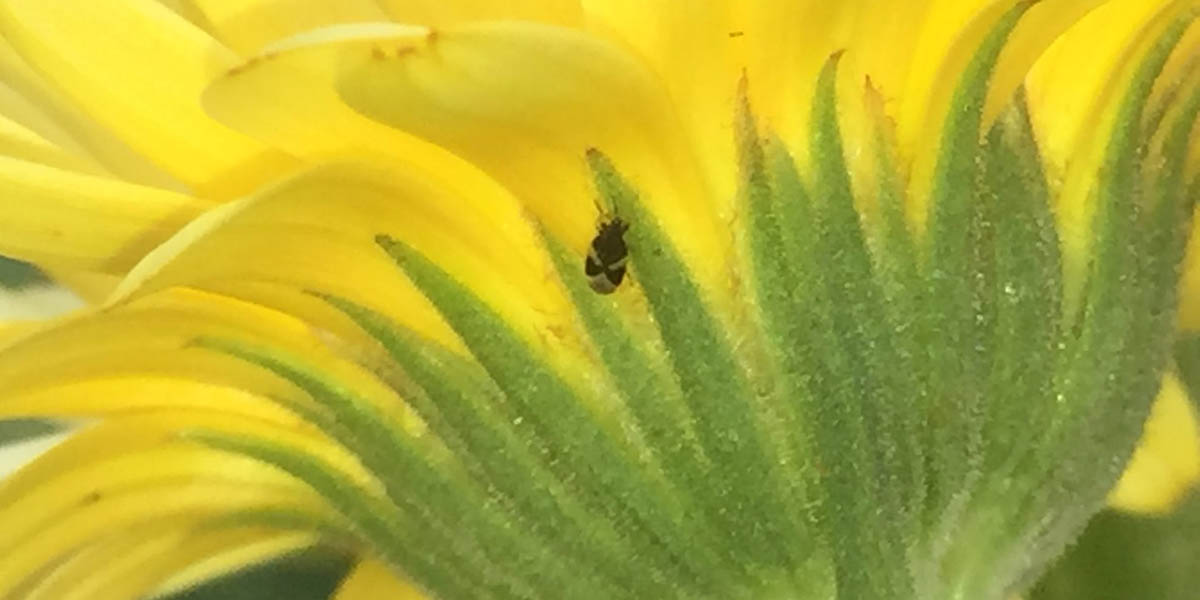Dynamic accumulators (DA) are plants that gather certain minerals and nutrients from the soil and store them in higher concentration in their leaf tissues. The leaves of the plants can then be used as compost, mulch or liquid fertilizer. The truth is that most plants, in a way, are dynamic accumulators in some way because they translocate the soil minerals into their leaves. The difference however, is that certain plants, like horsetail, nettle or buckwheat, for example, tend to pull specific nutrients up in greater amounts. Horsetail is well known for silica, nettle is well known for iron and buckwheat is known for accumulating phosphorus. Other DA”s like comfrey or yarrow are more all purpose accumulators and pull out more proportional balanced NPK ratios. DA’s are traditionally thought of as a class of plants associated with nutritive and medicinal herbs. But please don’t confuse DA’s as a specific class of plants, for they can also include other types of flowers and cover crops as well.
Dynamic accumulators (DA) can really be viewed as nutrient miners. They use their root structure to mine nutrients. They can have deep tap roots or an extensive underground network of rhizomes which translocate those minerals into their leaves. Sometimes they are used to try to repair soil, whereby a DA that has a deep tap root can pull up nutrients, and when the leaves are dropped and mulched over the surface, they breakdown and become bioavailable near the soil surface.
Typically though, people are using DA’s to mine nutrients from nearby soil and then apply those nutrients to another area of a farm or garden. So imagine you have a farm and there’s edges of fields or gardens just sitting there covered with grass. So one would plant a row or swath of, let’s say, comfrey in that area. Then the comfrey would mine the nutrients from that unused area and then the leaves could be mulched into the pots, beds or fields or amended into the compost pile. The comfrey could also be turned into liquid fertilizers or foliar sprays through the extraction processes of fermentation or sun teas.
One of the contended variables of DA’s is the technical science behind quantifying how much nutrients are actually stored. If nettle is good at accumulating iron, but there is no iron in your soil, hypothetically, then it won’t really store that element because it wasn’t there in the first place! Also, it is apparently unknown to science precisely how long it takes for nutrients to become bioavailable. Once the leaves store the nutrients, and the leaves return to the soil, there is little science to quantify how quickly or how much is returned into bioavailable nutrients. Science tends to overanalyze everything and want’s answers before proceeding. So while the scientific community is trying to find the answers to DA’s, the biodynamic and regenerative cannabis communities are embracing DA’s and seeing very positive empirical results. The complexities of DA’s are just beginning to be understood. There are a number of charts online to view which DA’s accumulate specific elements. Even if some of the research is anecdotal, it can still provide a general understanding for those wishing to engage in this practice.
By: Russell Pace – President of the Cannabis Horticultural Association








